If you’re the sort of person who stops for grilled burgers at the local fast food place, or buys a rotisserie chicken at the grocery store, or orders the grilled scallops at your local go-to restaurant, it’s time for you to have your own grill. (For those who already know this, well, uncover the barbie!)
Nowadays, the landscape is completely transformed from the “gas, charcoal, smoked, or George Foreman?” you may recall from 10 or 20 years ago. These days, you can bust out the short old black-as-night charcoal grill, sure, but you could also get a smokeless infrared grill to use inside and enjoy that’s a snap to clean. You can invest in a rockstar, party-worthy gas grill that employs wood with a side burner. The world of grilling can be a little overwhelming for the newbie, so this ultimate guide to grilling methods is just what you need to get started.
The Gear
Depending on the type of grill you’ve got, you’ll always want a good kit. Think: wire brush for scrubbing grates, a spatula or fork for turning foods, strong heatproof gloves, and good, fireproof, long-handled tongs.
Direct-Heat Grilling
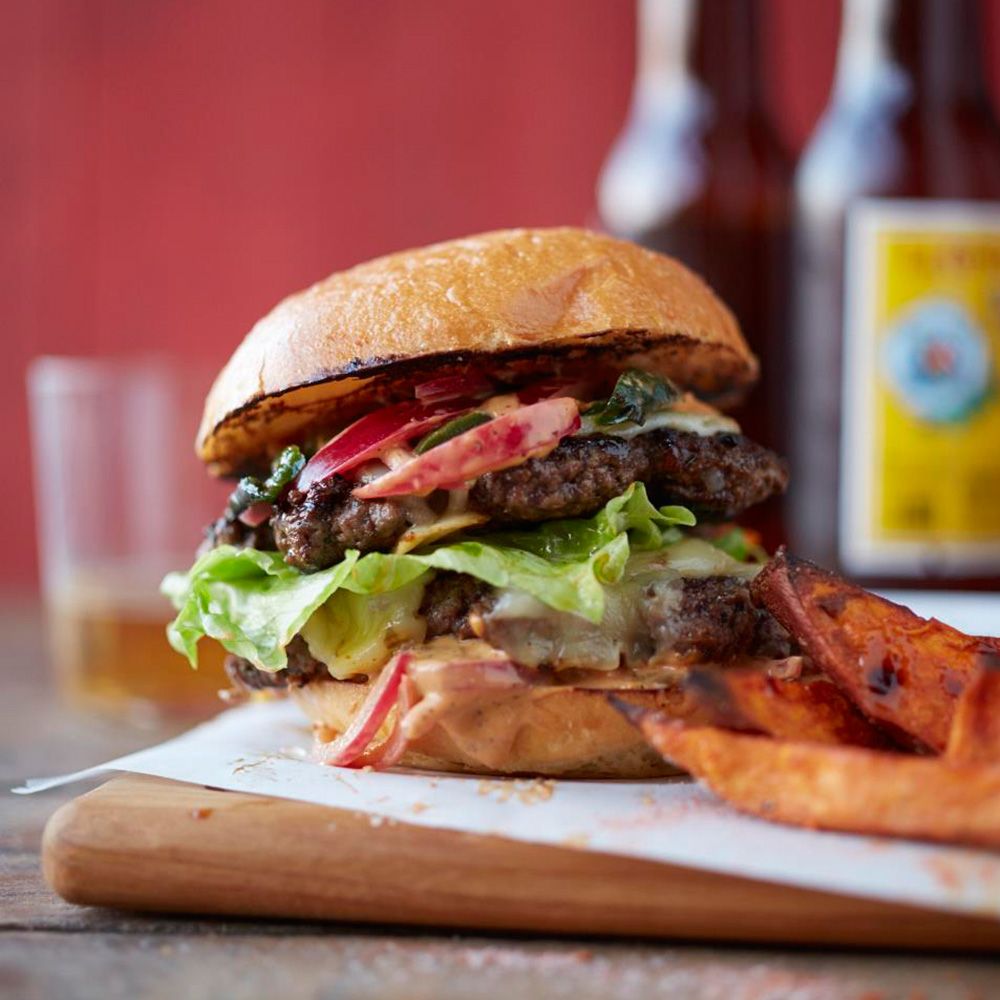
Crank up the heat! Cooking over an open flame, whether it’s produced by gas, charcoal, or wood, is what you’re doing for burgers, steaks and boneless chicken breasts. (The nitty-gritty for charcoal and gas is right here.) For charcoal, you’ll need coals, a lighter, a chimney starter or lighter fluid, and a piece of newspaper. With gas, turn on all the burners, cover the grill for 10 to 15 minutes, come back, and get cookin’. For both, we like to clean the grates after the grill heats up, for easier cleaning. Scrub the grate clean with a wire grill brush and oil it with a rolled-up paper towel dipped in oil before placing food directly over the flame.
FIND: How to grill using direct heat here.
Indirect-Heat Grilling
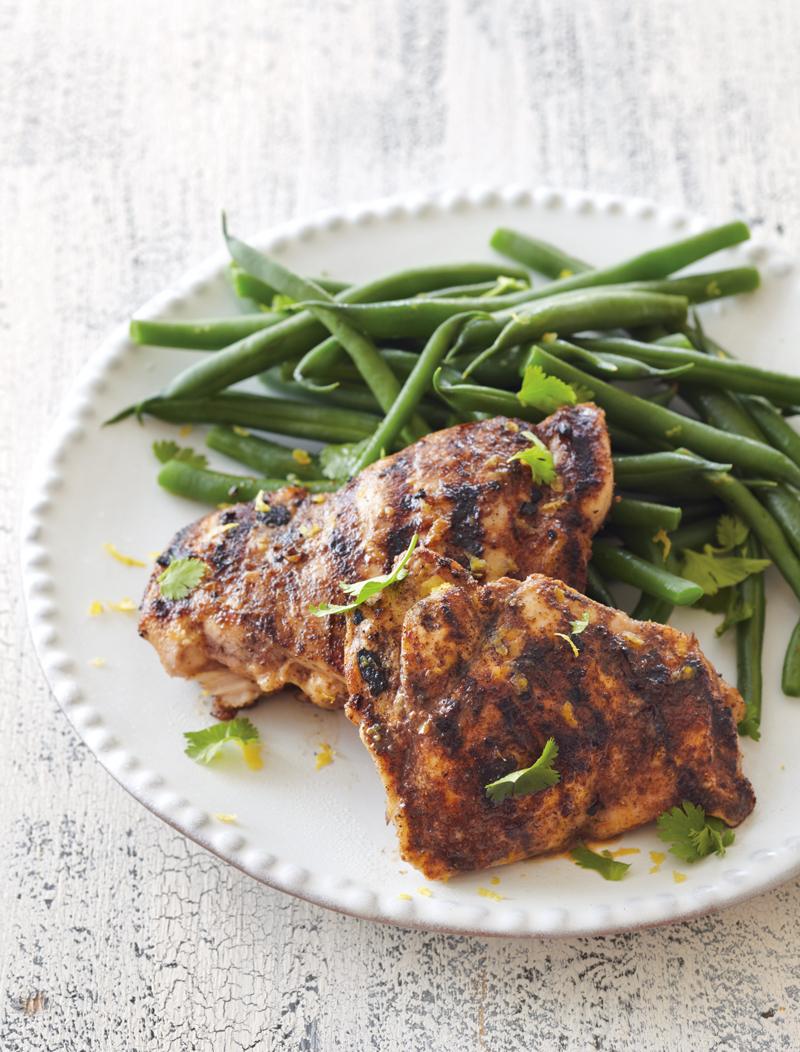
Beef roasts, leg of lamb, thick-cut pork chops, pork loins, whole chickens, bone-in chicken pieces… these beauties can often benefit from some indirect heat. Foods that need to cook longer require lower heat so they don’t char. (You can always get those great grate marks, then move ’em!) The method with charcoal is often as simple as pushing the coals to one side of the grill; the indirect heat won’t be right over the white-hot coals. With gas, turn up the gas to heat the grill for 15 minutes, then turn off the one under where the food will go.
FIND: How to grill using indirect heat here.
Infrared Heat Grilling (Rotisserie)
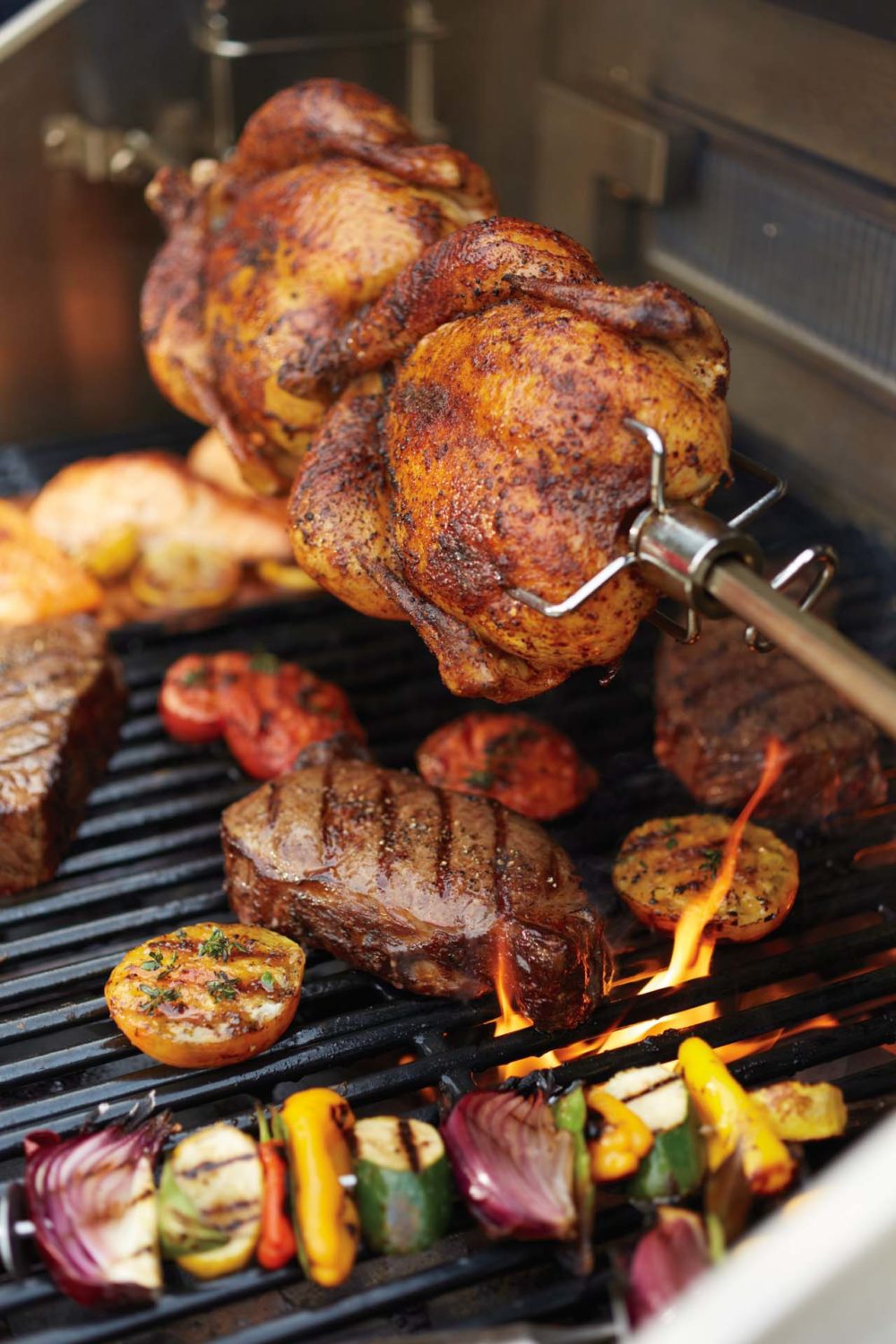
It’s not just you: The best cooks among us curse how ideally crisp-skinned rotisserie birds are. But you can either buy a grill with a rotisserie spit built in (hello, skewered lamb and beef!) or buy an attachment. Also known as spit-roasting, this method is great for ensuring large cuts are perfectly cooked.
FIND: How to grill using a rotisserie here.
Smoking
Adding wood chips or chunks to the fire in your grill adds even more smoky flavors and aromas. There’s something profoundly cool about doing it yourself. Here’s a precise guide of how to do it on both gas and charcoal grills, but generally speaking, you’ll be soaking wood chips if you’re using charcoal, then adding them directly to the coals or making aluminum foil packets. With gas, you want a smoker box (or handy-dandy aluminum foil yet again!) And of course, you can always buy a full-on smoker.
FIND: How to use a smoker here.
Barbecuing
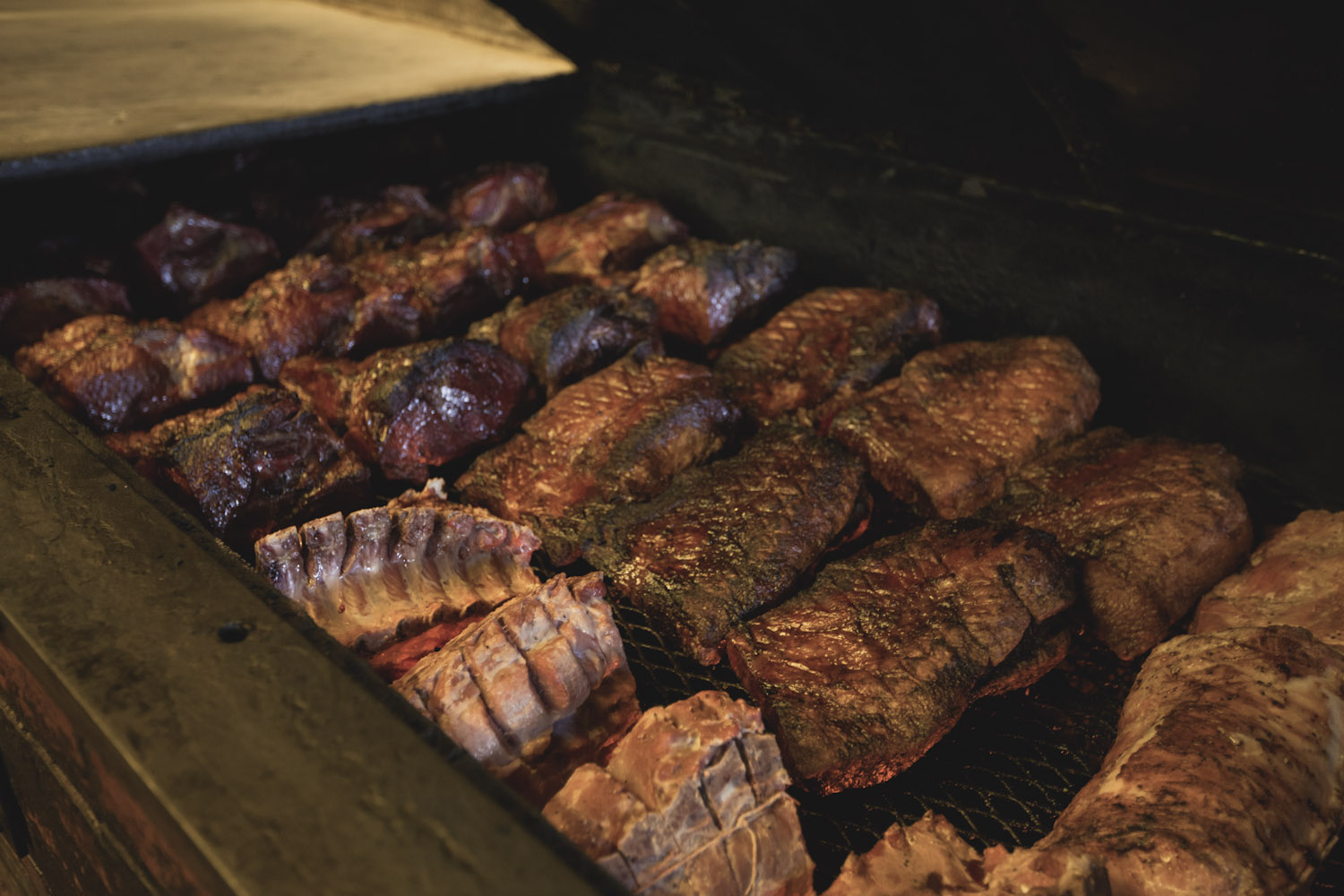
“Low and slow” is key when it comes to true barbecue, used to cook large cuts of meat to tender, fall-off-the-bone perfection. For most forms of the low-and-slow barbecue, you’re gonna need wood chips, charcoal, a drip pan, and patience. Pit barbecue is another slow-cooking method in which wood fire is used to fuel pits either below ground or in enclosed, above-ground pits.
FIND: How to barbecue on a grill here.
Wood Fire Grilling
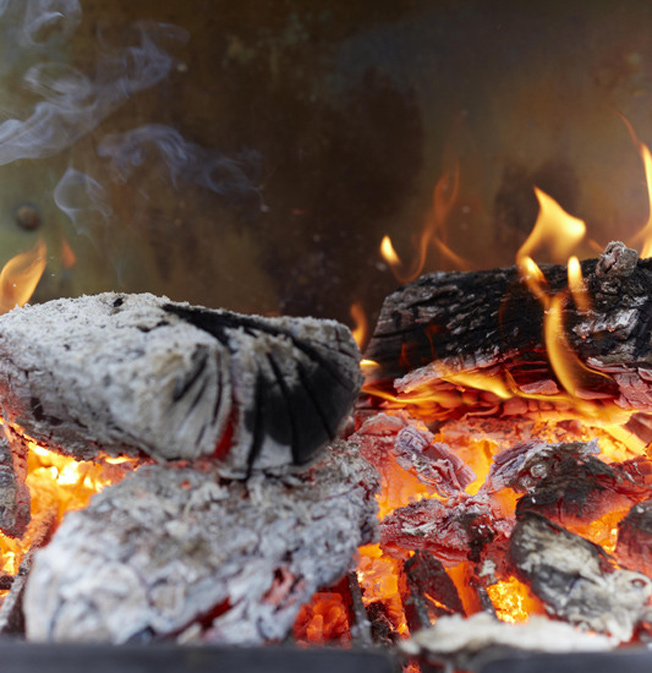
Nowadays, “wood fire grill” means something completely different from the camp fire. (Although, hey, it’s hard to beat a campfire for s’mores!) There are several types of wood fire-powered grills. This one from Traeger uses wood pellets. (You can even get a portable wood-fire pellet grill! Amazing!) Argentine-style wood-fire grills, like these gaucho grills from Kalamazoo, build their cooking heat from hardwood logs. The heat from the smoldering logs is often applied indirectly (sometimes as infrared heat) using a grill rack, rotisserie, or a plancha.
FIND: Everything you need to know about Traeger wood pellet grilling here.
FIND: How to set up a Kalamazoo wood fire grill here.
Indoor Grilling
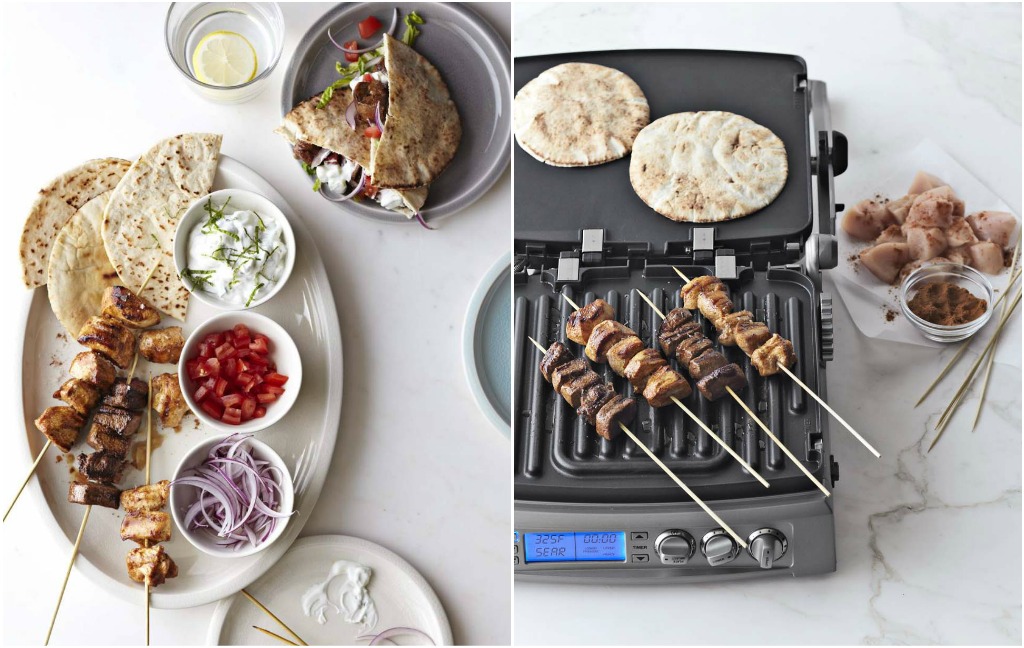
Grill pans! Electric grills! Infrared! The sky (or, er, the ceiling) is the limit with current indoor grilling technology, and we have a bevy of nerdy tips right this way for those of you in apartments. Use this technique for fast-cooking stuff like burgers, fish fillets, chops and thin cuts of meat. Miss the smoky flavor? Consider a smoking gun after cooking the food, or finish it with liquid smoke or a pinch of hickory smoked sea salt.
FIND: Options for indoor grilling here.
Plank Grilling
Plank grilling, whether with a cedar plank or a metal plancha, shields food from the direct heat of the grill while cooking it. When cedar planks are used, they contribute their smoky flavor to the food; when metal planchas are used, they sear food much as would a griddle. For this cross between smoking and indirect heat grilling, you don’t need a fancy setup; you can absolutely use a gas or charcoal grill for either method. Cedar planks must be soaked before grilling, and can also be a part of your smoking or wood-fire routine.
FIND: How to grill with a metal plancha here.
FIND: How to grill with a cedar plank here.
Adding Flavor
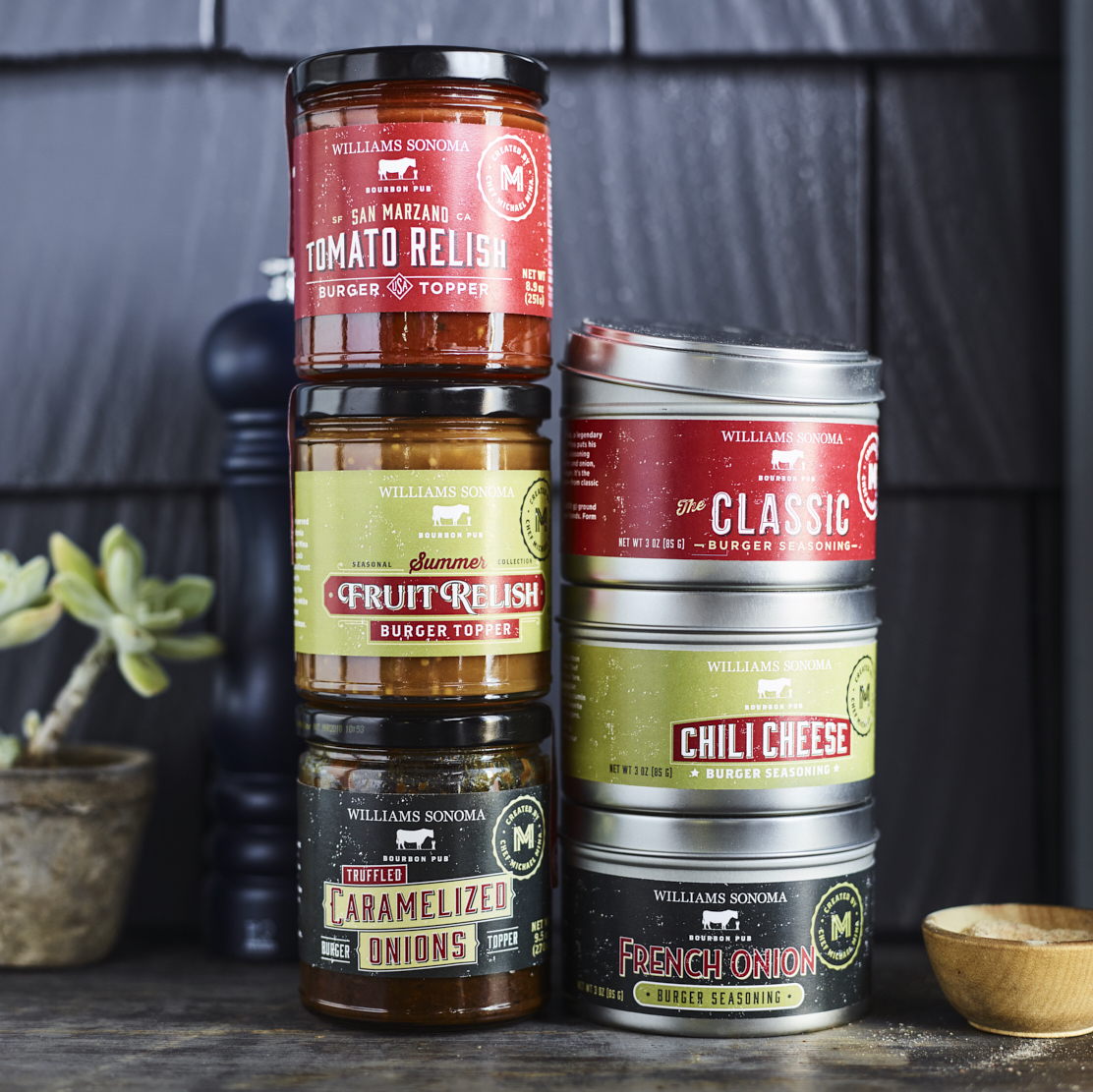
Dry rubs, wet rubs, marinades and beyond should be part of your repertoire. OK, there’s arguably nothing better than a burger salted with Kosher salt five minutes before it hits the grill, then topped with American cheese, but what about short ribs? Fish? Chicken? Oh, man. Let us help you on this front, and save yourself some marinating time.

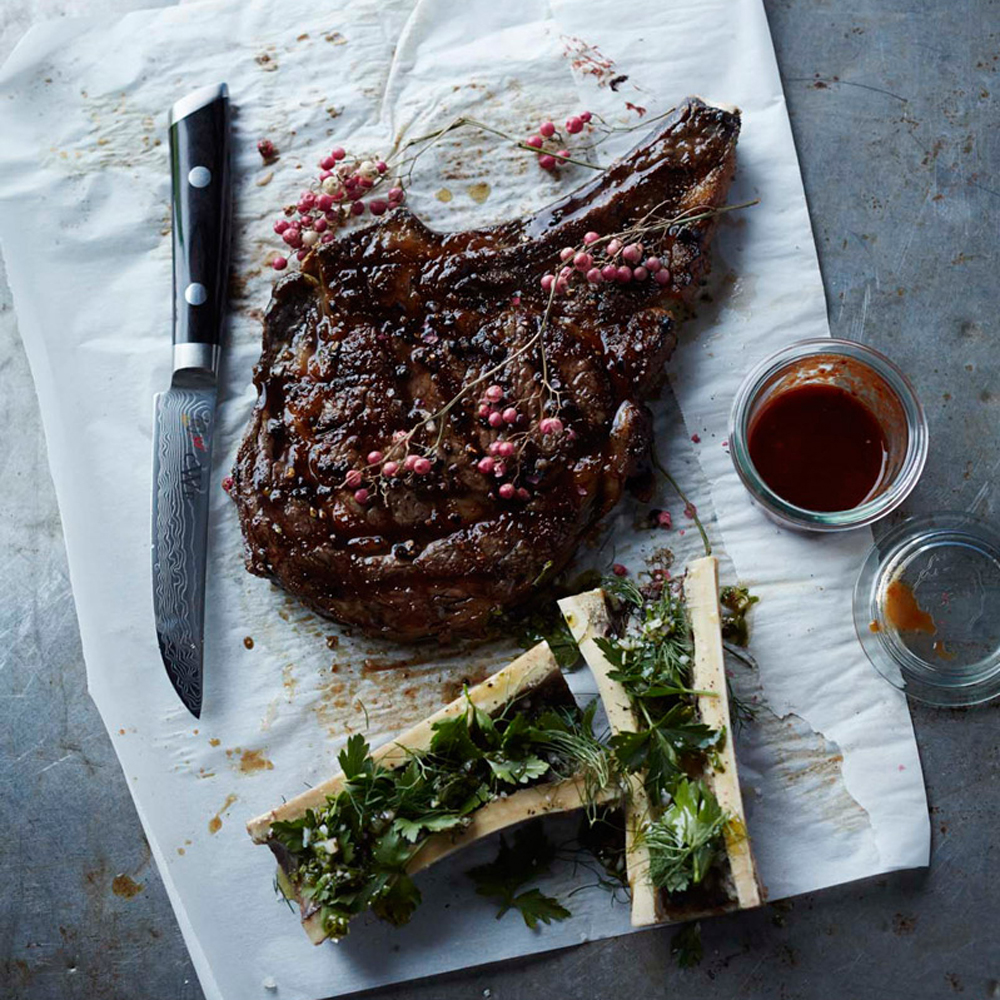
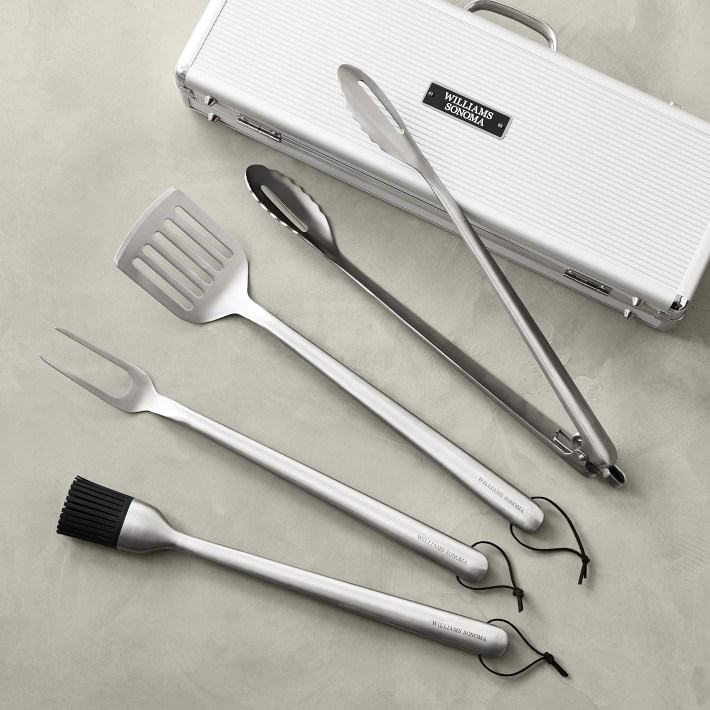
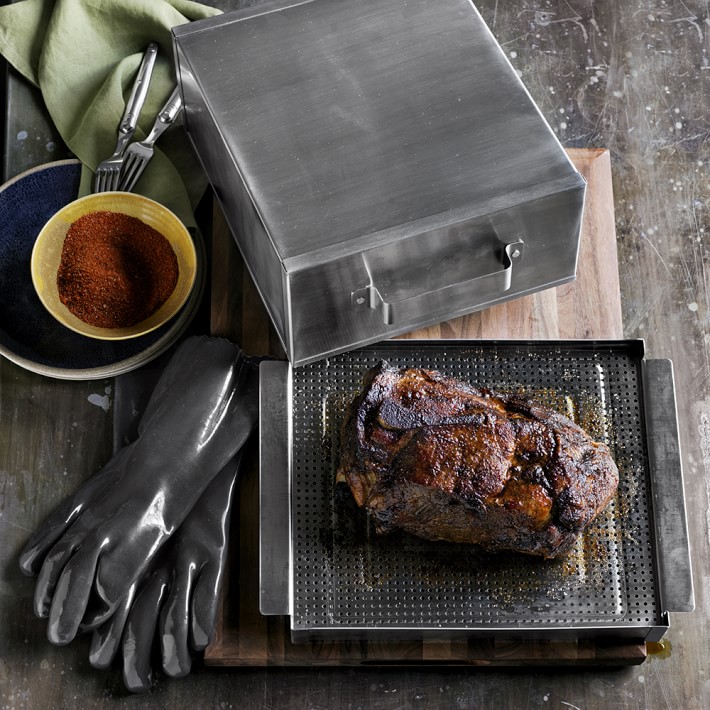
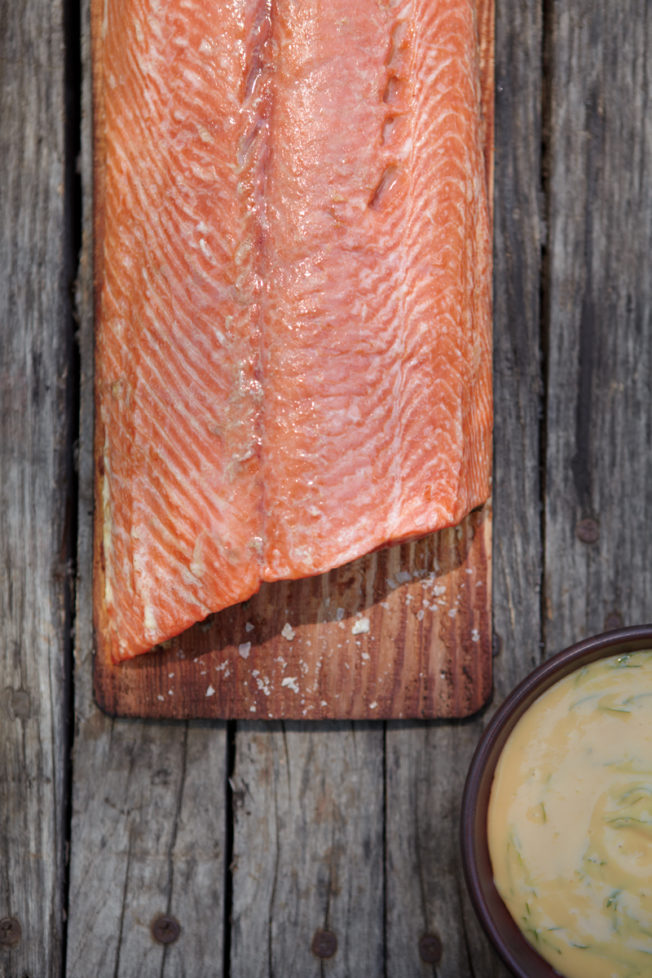
3 comments
Very good guide. thanks for sharing
Virtually all cooking on gas and/or charcoal grills can be divided into three cooking methods: direct, indirect or combo. As the names imply, the difference between the methods is determined by where the food is placed in relation to the fire. The DIRECT method cooks foods with the direct heat of the flame.
Excellent tips. I have been having so much trouble with it all my life. But these tips saved me from making some stupid mistakes.